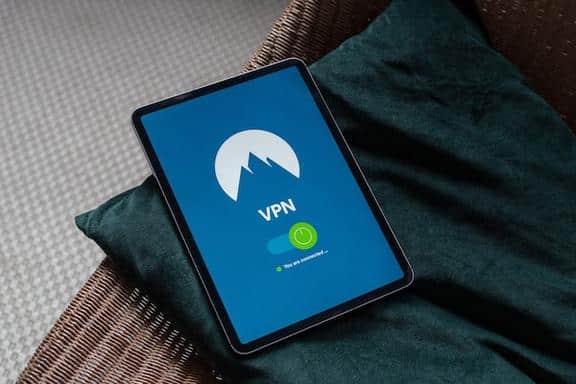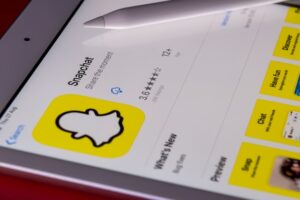Best Practices for Avoiding Detection and IP Blocking
The internet is a vast repository of data, and for many businesses and organizations, the ability to collect, process, and analyze large amounts of data is crucial to their success. One of the most common ways to collect data from the web is through web scraping, a technique that involves extracting and analyzing data from websites using specialized tools or software. However, web scraping can be challenging, particularly when it comes to avoiding detection and IP blocking. This is where proxies come in handy.

Proxies
Proxies are servers that act as intermediaries between your computer and the websites you are accessing. They can be used to mask your IP address, making it harder for websites to detect and block your requests. This can be particularly useful when web scraping, as websites often have measures in place to prevent automated requests, such as captchas or rate limits.
However, using proxies for web scraping has risks and challenges. This article will explore their role in web scraping and some of the best practices for staying undetected and avoiding IP blocking.
Link from Proxies
Web Scraping

The first step in using proxies for web scraping is finding fast and reliable ones. Numerous online resources provide free proxy servers, but it’s essential to exercise care and due diligence since some of them may be slow, unreliable, or malicious, posing a risk to your requests.
It is recommended to use specialized tools and websites that provide proxy testing and evaluation services. These tools can test the speed, reliability, and anonymity of proxies and filter out the ones that are not suitable for your needs.
More on TechInDeep:
- Mobile Development Platforms
- How to Secure Your Information on the Cloud
- Choose the Right Streaming Platform
Once you have found a list of reliable proxies, the next step is configuring your web scraping tool or software. Most web scraping tools allow you to configure the proxy settings, such as the IP address, port, and protocol. It is essential to follow the instructions provided by your web scraping tool, as different tools may require different proxy settings.
Another best practice for using proxies for web scraping is to rotate them regularly. This means switching between different proxies every few requests or minutes to avoid sending too many requests from the same IP address. This can help prevent IP blocking and reduce the risk of detection.
Additionally, it is essential to simulate human-like behavior when web scraping, such as setting reasonable request rates and intervals and avoiding repetitive or suspicious patterns. Websites often use machine learning algorithms to detect and block automated requests, and simulating human-like behavior can help avoid triggering these algorithms.
Summary
In summary, proxies can be a valuable tool for web scraping, but using them responsibly and effectively is essential. Finding reliable and fast proxies, configuring your web scraping tool correctly, rotating proxies regularly, and simulating human-like behavior are some of the best practices for using proxies for web scraping. By following these best practices, you can avoid detection and IP blocking and collect the data you need for your business or organization.








MAKECOMMENT